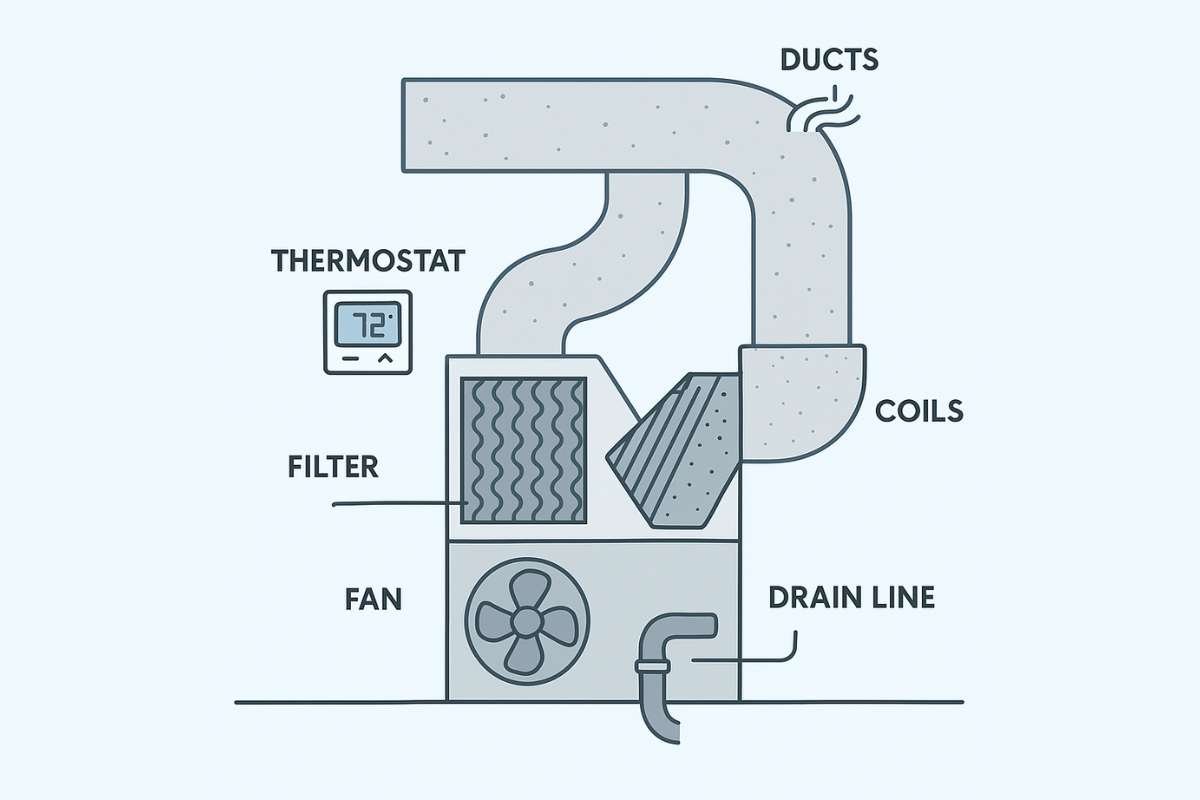In today’s fast-paced and ever-changing business landscape, adaptability and efficiency have become the keys to success. Companies that can quickly identify strengths, weaknesses, opportunities, and threats (SWOT) are better equipped to make informed decisions and stay ahead of the competition. This is where quick assessments come into play.
In this article, we will explore how a quick assessment can propel your company’s growth and success.
1. Understanding the Whole Concept
A quick assessment, also known as a rapid assessment or a business health check, is a systematic evaluation of a company’s current state. It involves gathering and analyzing essential data and information to gain insights into various aspects of the business. These assessments can be customized to focus on specific areas, such as operations, finances, marketing, or overall performance.
The goal is not to replace comprehensive strategic planning but to provide a snapshot of the company’s current situation. It serves as a valuable tool for business leaders to make informed decisions and chart a course for future growth.
2. Identifying Strengths and Weaknesses

One of the primary benefits of a quick assessment is the ability to identify a company’s strengths and weaknesses quickly. By evaluating internal processes, resources, and capabilities, you can gain a clear understanding of what your company does well and where it falls short.
Strengths can serve as a foundation for growth. When you know what your company excels at, you can leverage these strengths to capture new opportunities and expand your market share. For example, if your company has a highly skilled workforce, you can use this advantage to develop innovative products or offer exceptional customer service.
Conversely, identifying weaknesses is equally crucial. It allows you to address areas that require improvement. Maybe your supply chain is inefficient, or your digital marketing strategy needs a revamp. By acknowledging weaknesses, you can take proactive steps to enhance your company’s overall performance.
3. Seizing Opportunities
Quick assessments are not limited to internal evaluations; they also help you identify external opportunities. By examining market trends, customer preferences, and emerging technologies, you can spot areas where your company can thrive.
For instance, if you notice a growing demand for eco-friendly products, you might consider pivoting towards sustainability. This can not only cater to changing consumer preferences but also open up new revenue streams. It helps you stay agile and adapt to evolving market conditions.
4. Mitigating Threats
In addition to opportunities, quick estimates are instrumental in identifying potential threats. These can include competitive pressures, regulatory changes, economic downturns, or supply chain disruptions. Recognizing these threats early allows you to develop contingency plans and minimize risks.
Consider the example of a retail company. A quick evaluation might reveal that an e-commerce giant is entering the same market. This threat can prompt the company to invest in its online presence, improve customer experience, or explore niche markets that the larger competitor might overlook.
5. Enhancing Decision-Making

Quick assessments provide data-driven insights that can significantly enhance decision-making. When leaders have access to accurate and up-to-date information about their company’s performance and the external business environment, they can make informed choices that align with the company’s strategic goals.
Moreover, it facilitates a more collaborative decision-making process. By involving key stakeholders and department heads in the assessment process, you can gather diverse perspectives and expertise, leading to more comprehensive and effective decisions.
6. Optimizing Resource Allocation
Resource allocation is a critical aspect of business management. Sharp analysis helps you allocate resources more efficiently by highlighting areas that require investment and those that can be optimized or streamlined.
For instance, if your assessment reveals that a significant portion of your marketing budget is generating low returns, you can reallocate those resources to initiatives that show better results. This not only saves money but also maximizes the impact of your investments.
7. Measuring Progress
A quick assessment is not a one-time activity. It can serve as a baseline for measuring progress and tracking performance over time. By conducting regular assessments, you can gauge the effectiveness of your strategies and initiatives and make necessary adjustments.
Measuring progress also provides valuable feedback to employees and teams. It allows them to see the impact of their efforts and encourages a culture of continuous improvement within the organization.
8. Implementing a Sharp Evaluation
Now that we’ve explored the benefits of quick assessments, let’s discuss how to implement one effectively:

Define Objectives: Start by clearly defining the objectives of the assessment. What specific areas or aspects of your business do you want to evaluate? Are you focused on financial performance, operational efficiency, or market positioning?
Gather Data: Collect relevant data and information from various sources within your organization. This may include financial statements, customer feedback, employee surveys, and market research.
Analyze Data: Once you have the data, analyze it thoroughly to identify trends, patterns, and key insights. Consider using data visualization tools to make the information more accessible.
Involve Stakeholders: Involve key stakeholders, including senior management, department heads, and subject matter experts, in the assessment process. Their input and expertise can provide valuable perspectives.
Set Key Performance Indicators (KPIs): Define KPIs that will help you measure progress and success. These should be specific, measurable, achievable, relevant, and time-bound (SMART).
Develop Action Plans: Based on the assessment findings, develop action plans to address weaknesses, capitalize on strengths, and seize opportunities. Ensure that these plans are actionable and aligned with your company’s strategic goals.
Monitor Progress: Regularly monitor and review the progress of your action plans. Adjust strategies as needed and track the impact of your efforts on the company’s performance.
Conclusion
In today’s dynamic business environment, the ability to adapt and make informed decisions is crucial for success. Quick assessments provide a valuable tool for companies to gain insights into their strengths, weaknesses, opportunities, and threats. By leveraging these insights, businesses can optimize resource allocation, make informed decisions, and ultimately propel their growth and success.
Remember that such estimates are not a one-time exercise but an ongoing process. Embrace the culture of continuous improvement, and use quick assessments as a compass to navigate the ever-changing business landscape. In doing so, your company can stay ahead of the competition and thrive in the face of uncertainty.


















